RARE WORK, RARE SUBJECT AND RARE ARTIST;
NADEEM LAHORI AT AKBAR’S STUDIO LAHORE.
Scholarship has become extremely poor in Pakistan. Journalists write about historical incidents and figures without any research work. Things already proven long ago are not used at all and we repeat mistakes made by others, even decades before our times. Smug anchors and writers pick up a couple of books possibly centuries old and weave their stories around outdated knowledge. This enables better research work at other countries, to manipulate our cultural background at will. And they are good at it.
A miniature made at Lahore and dated end of 16th century shows a subject extremely rare in Mughal art works. A sick Princess, surrounded by family and grieving women. Fifteen women, one child and six men. Who can this be person? Was she important enough to deserve a painting on her own? Obviously, she was very important. Certainly, it is a Royal subject. It is not an imaginative work. There is a sick Princess, surrounded by a lot of grieving ladies. There is a child being nursed by one elderly lady. There are dignified people looking at the incident. And a plumed Prince is watching all this. I think we can fit the incident that actually happened to all these characters well. The date is 25th June, 1599. Princess Sahib Jamal who had come from Kabul died in Lahore, beloved of Prince Saleem (later Emperor Jahangeer). Everything fits in place. And the most amazing thing in it is the tree of Pomegranate at the back, or the garden of Anaran in Lahore.
Writers cannot even solve simple dilemmas. How can they unravel the story of Anarkalli. Total blasphemy of an English visitor, William Finch, who concocted the story of Saleem having an affair with his step mother, Maryiam Bibi. Cannot even got through his mischievous head that society would not have even allowed a Prince to build a mausoleum for an illicit love affair. Mothers are most sacred institutions in Pakistan, as well as the Muslim world. The lady was obviously Sahib Jamal beloved wife of Prince Saleem and the mausoleum was built in two phases. First as a Prince and then as an Emperor.
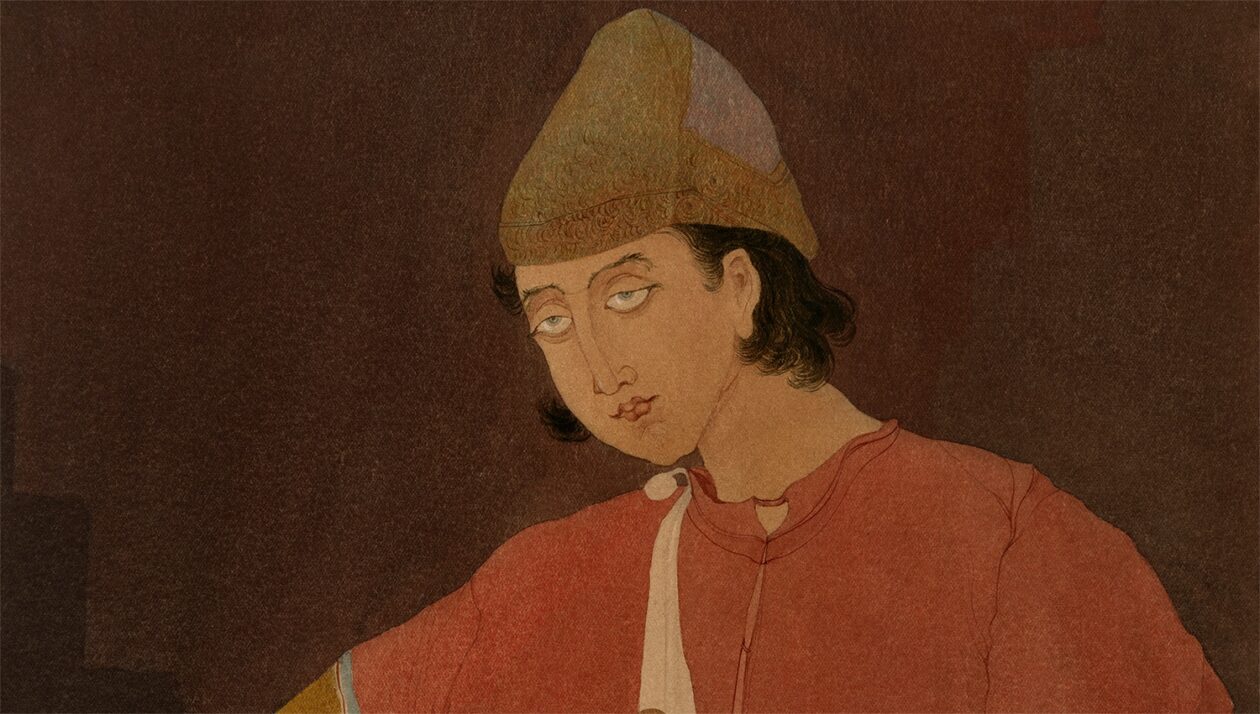
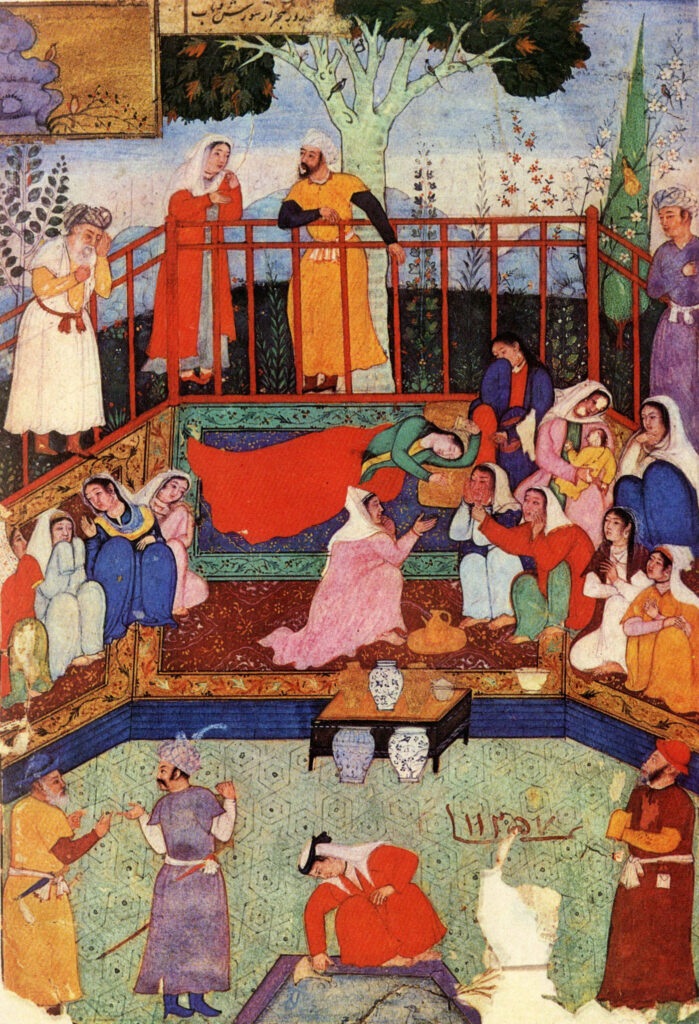

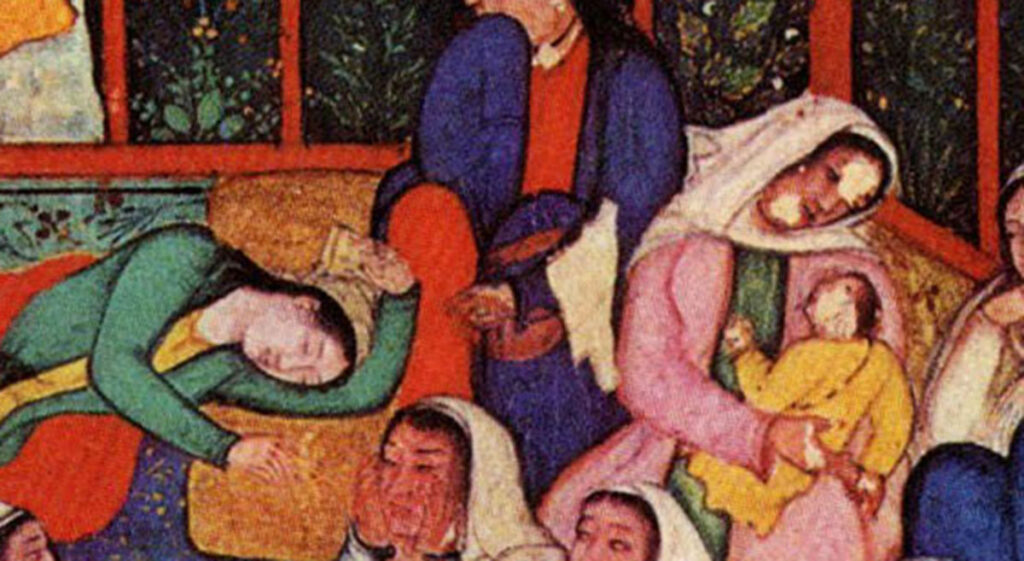
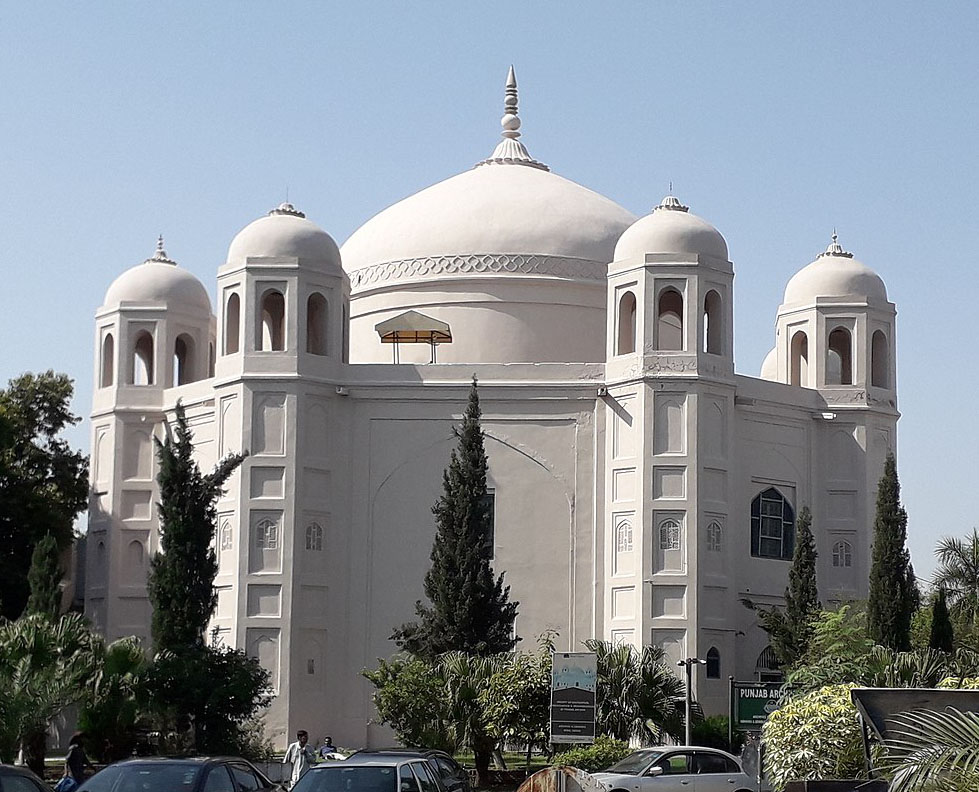
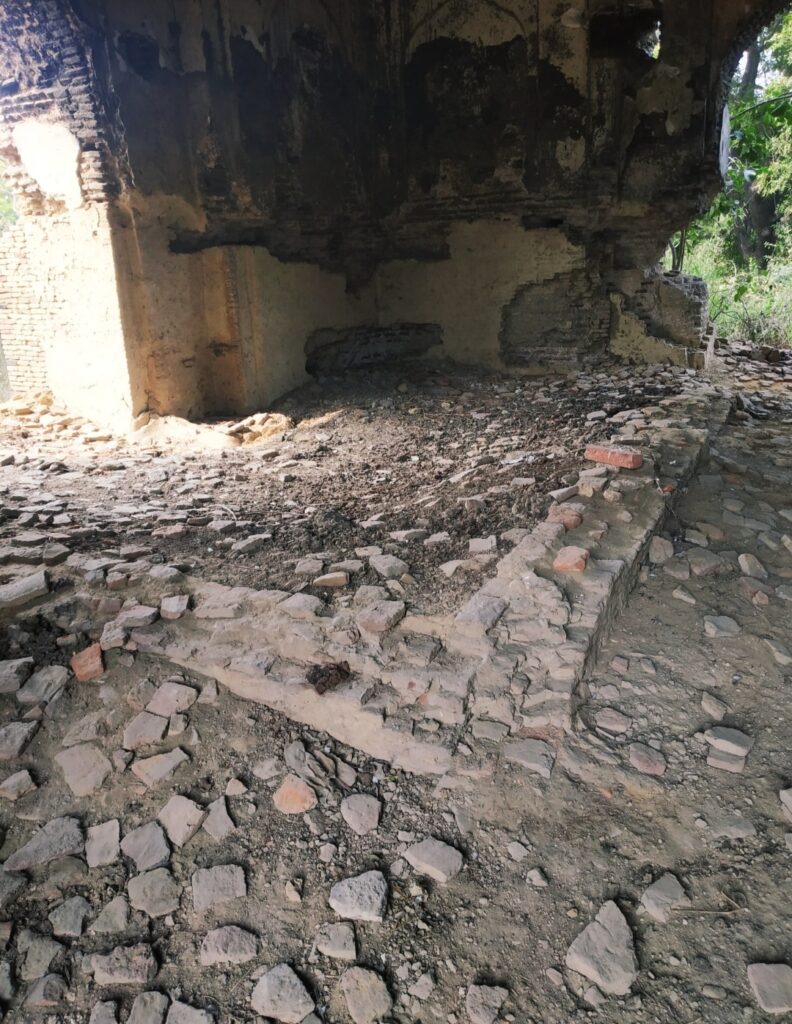
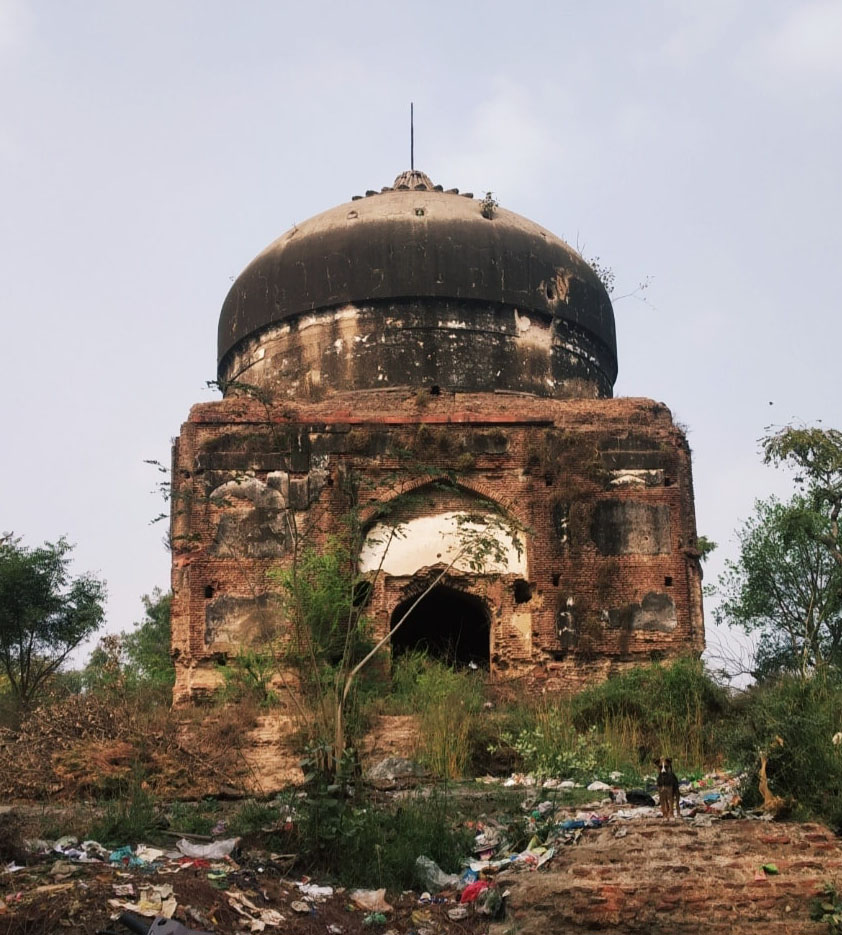

The miniature is torn and flaked but it belongs to Akbars studio. No doubt.
Even Hamida Bano in centre can be clearly seen. An important event. Sahib Jamal sick and dying. Mullah reciting Azan and women filling ewer to pour water over sick person. Total royal setting of important event. The best part is that it is from an album assembled by Jahangeer.
Pervaiz was son of Princess Sahib Jamal and is buried in Agra not Lahore. According to historical records the mausoleum in Lahore is of Dara Shikoh son buried in the garden of Sultan Pervaiz. Why? Nadira begum was daughter of Sultan Pervaiz. She herself is buried in outskirts of Mian Meer mazar
Again quite enlightening and the end of first para is quite apt.
This enables better research work at other countries, to manipulate our cultural background at will.
Thank you for sharing Arif sb
Very nice info
Lady at back standing on rail could be Khass Mahall another wife of Prince Saleem and daughter of Zain Khan Koka.
She was cousin of Sahib Jamal.
Exceptional point
West in one way, Indians in another, tend to rewrite our history and we hardly bother. They take pride in bashing us and fund our people who help them bash us. We are not surrounded by our culture anymore just imaginary vision of same. One thing to remember is merely education does not enlighten us but our civilization through cultural values springing from our Quranic ideas of life. Yes egalitarianism rules and give and take builds traditions. Coexistence is a civilized way forward.
Lahore aesthetic kingdom
Parvis was born on 10/31/1589. If Sahib Jamal really died in 1599, Parvis would be around 10 years old. So the baby in the painting is either some other child, or this is not a painting of the people we assume it to be.
In the Memoirs of The Emperor Jahangueir translated by Major David Price (page 21), he clearly states, “by the mother of Parveiz I had another son, to whom, at my accession to the throne, they gave the name Jahaundar.” His accession to the throne was in 1605, so how is Sahib Jamal dead in 1599?
I find all these inconsistencies fascinating.